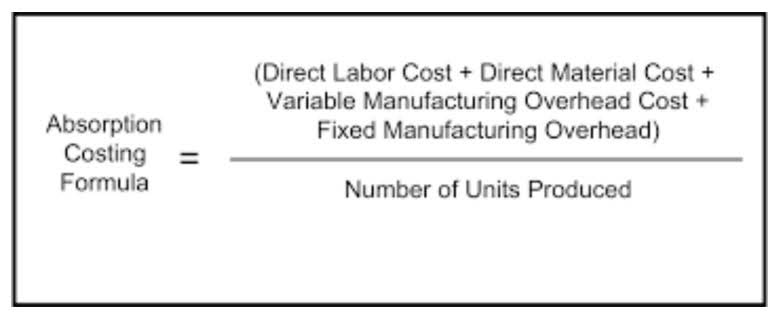
We will explore the differences between S Corp distributions and pay, the IRS requirements for a reasonable wage, and various factors to consider when deciding on appropriate compensation. Consulting with professionals and utilizing specialized resources can greatly enhance the payroll management process for S Corp owners. Seeking the expertise of a CPA is essential to determine appropriate salary and distribution ratios, guaranteeing the S Corp maintains compliance with IRS regulations. CPAs can provide tailored advice on structuring a reasonable compensation package, a requirement that safeguards owners from IRS scrutiny. To determine a reasonable salary, S Corp owners should consider several factors, including job responsibilities, individual qualifications, and the overall profitability of the business.
Nonpayroll wages for S Corps

Salary, on the other hand, is the money you pay yourself as an employee of the S Corp. It represents your employee wages or reasonable compensation and is subject to payroll taxes, including Medicare and Social Security. The 60/40 rule is a guideline that S corporation owners can use to determine the allocation of their income between salary and distributions. According to this rule, income statement 60% of the business income is designated as salary, while 40% is paid out as shareholder distributions.
- CPAs can provide tailored advice on structuring a reasonable compensation package, a requirement that safeguards owners from IRS scrutiny.
- Document the methodology used to determine your reasonable salary, including market research, industry comparables, and business performance metrics that influenced your compensation decision.
- Despite this, the formula is considered a general guideline and may not apply to all S Corps.
- You’ll have stricter operational processes, such as regular shareholder meetings.
- Additionally, shareholders may benefit from the ability to write off business expenses against the S-Corporation’s income.
- Professional payroll services such as Valor Payroll Solutions ensure accurate tax calculations and timely reporting, which are critical for avoiding costly mistakes and penalties.
Can Shareholder-Employees Receive Bonuses?
- Shareholders can be individuals, certain trusts and estates, but cannot be nonresident aliens, corporations or partnerships.
- Determining if an S-corp is the best tax designation for you and your business is the first step in starting an S-corp.
- Proper documentation and tracking of all salary payments made to oneself as an S Corp owner are vital for tax reporting purposes.
- Running payroll in an S Corporation (S Corp) is more than just paying employees.
- A hybrid approach of salary and distributions can provide S Corp owners with a stable income stream while allowing for greater earnings potential based on the company’s financial performance.
Many small business accounting Accounts Payable Management firms make use of this strategy when handling S Corp accounts for their clients. It consists of claiming 50% of the earnings as an employee salary and the remaining 50% as corporate distributions. This is a helpful formula to use when S Corps make significantly more or less than the average company in their industry.

Determining the S-Corp Payroll Amount
For example, the owner of a one-person web development company might spend 75% of their time doing web development, and 25% of their time doing admin and marketing work. Base your pay on industry statistics to land on something comparable to what others are paid. You also might want a higher salary because of your SEP IRA contribution. You can contribute up to $17,500 (plus $5,500 catchup if 50 or older).

The Risks of Noncompliance and the Importance of Reasonable Compensation
If you were a sole proprietor who earned $100,000, you would normally have to pay a self-employment tax of 15.3% or $15,300. With an S corp, you are paid a salary that ends up being taxed at 15.3% for Medicare and Social Security taxes. However, you can also take owner distributions, which don’t receive the same 15.3% tax. You must file the S corp’s tax return s corp payroll each year, but the S corp’s profits and losses aren’t taxed. Instead, all of these profits and losses are passed on to the owners.
However, the IRS had originally assessed these reduced amounts, which the court accepted as reasonable. The IRS asserted that Dahl’s compensation was unreasonably low, citing his responsibilities as managing partner of the firm. Engaging the services of a certified valuation engineer (the IRS expert), the IRS made its own determination of reasonable compensation for Dahl’s services. Just like any other employee would, you have to report your salary on your taxes.
LLC and S-Corps (superseded)
- You also might want a higher salary because of your SEP IRA contribution.
- You must have unanimous shareholder consent and meet the corporation and shareholder requirements outlined above to become an S-corporation.
- Before discussing how to run payroll for an S Corp owner, let’s briefly recap what an S Corp is.
- You must also withhold Social Security tax (6.2% of wages) and Medicare tax (1.45% of wages) from employee paychecks, including your own as an S Corp owner.
- Additionally, your S corporation will withhold and then remit to the IRS your federal income taxes on your behalf.
Traditional C-corporations pay corporate income tax on their profits. When those profits are distributed to shareholders, the shareholders also pay personal taxes on them. With an S-corp, there is no tax at the corporate level, so profits are only taxed once, at the shareholder level.
The Report contains detailed calculations as to how owner compensation was determined. The Report provides proof that the compensation of the owner complies with IRS standards for reasonable compensation. The Report includes highly detailed research based on IRS criteria, court rulings, geographic data and our database of wages.
